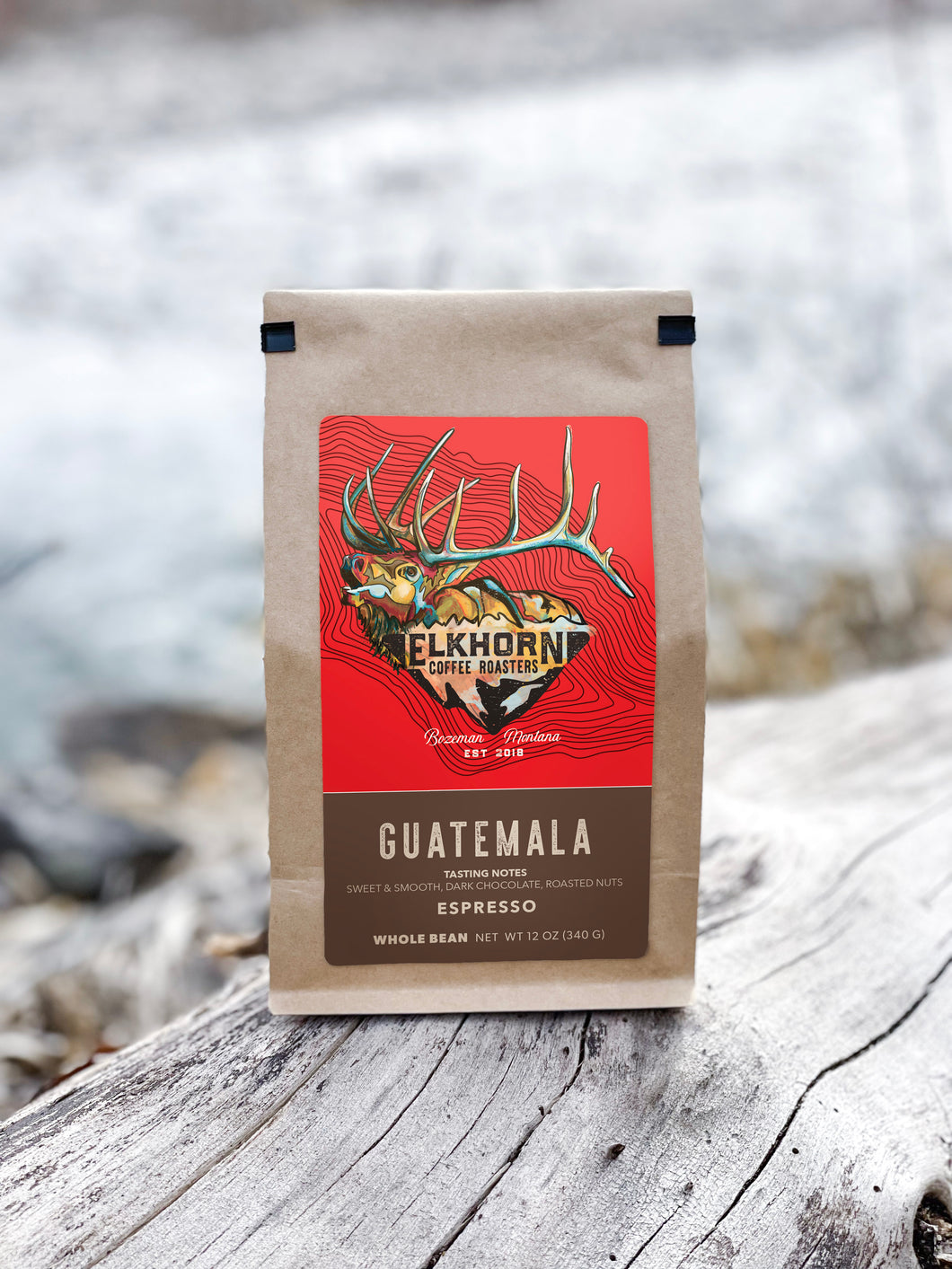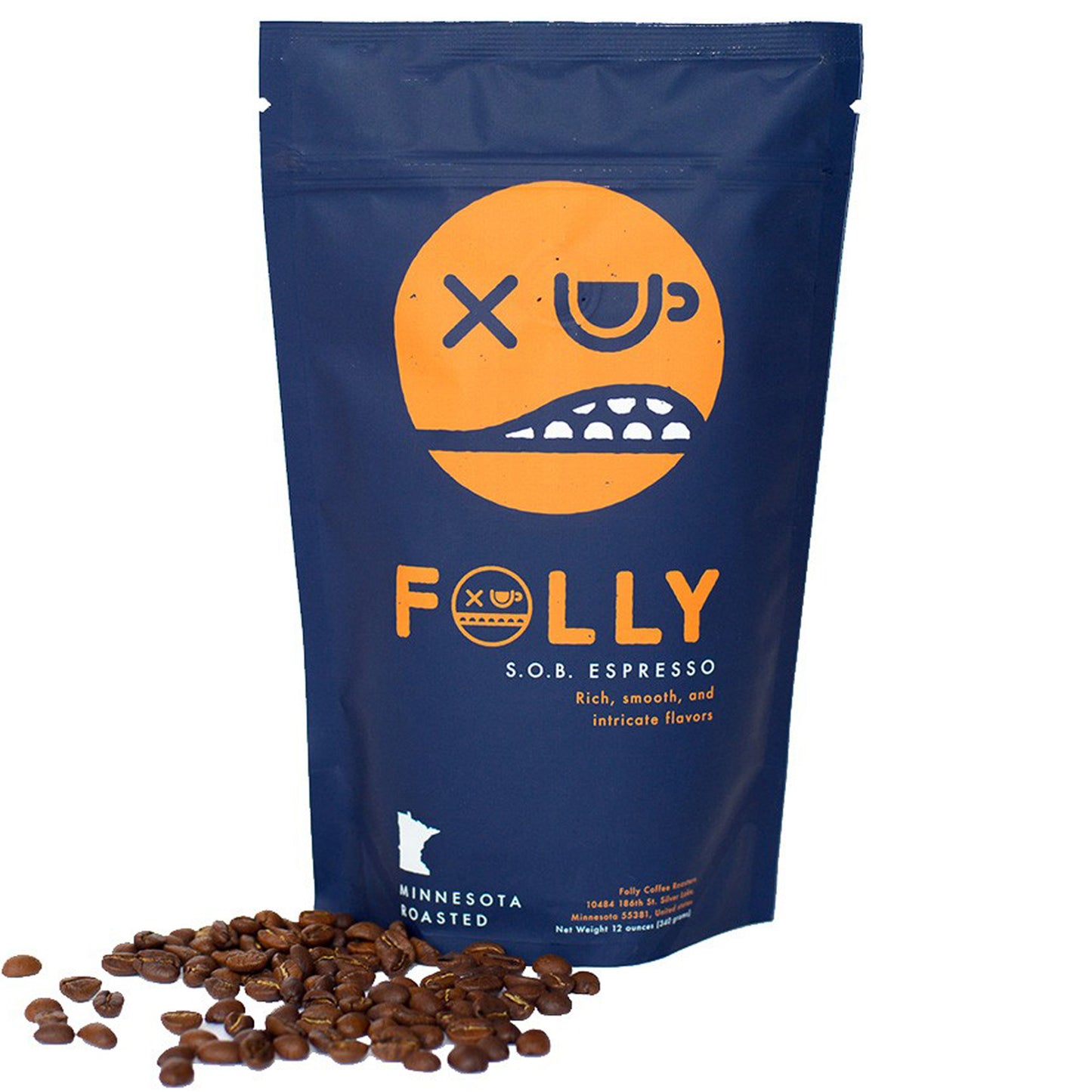Recognizing Coffee Beans: the Trip From Coffee to Blended Coffee Beans

The Beginnings of Coffee: A Worldwide Viewpoint
While you might think about coffee as a contemporary staple, its origins trace back centuries, intertwining with cultures around the world. The story starts in Ethiopia, where legend states a goat herdsman named Kaldi discovered the invigorating impacts of coffee beans after seeing his goats frolicking vigorously after consuming them. This stimulated rate of interest, causing coffee's infect Arab investors who cherished the brewed drink. By the 15th century, it got to Persia, Egypt, and Turkey, where coffeehouses came to be social centers for discussion and culture.
As profession paths broadened, coffee made its way to Europe in the 17th century, swiftly gaining appeal. Each culture added its distinct spin to coffee preparation, enriching its background.
Growing and Harvesting of Espresso Beans
As coffee's trip evolved, the emphasis changed to the growing and harvesting of certain bean selections, specifically those utilized for espresso. You'll find that espresso beans usually originate from Arabica or Robusta plants, each offering distinctive tastes. The excellent expanding conditions include high elevations and rich, well-drained dirt, which boost the beans' high quality.
Throughout the harvest, choosing methods differ. In some regions, workers hand-pick ripe cherries, guaranteeing only the ideal fruit goes to processing. In various other areas, mechanical farmers are used, specifically on larger ranches. Timing is important; you wish to harvest when the cherries reach peak perfection for maximum flavor.
When collected, the beans are planned for handling, which is essential in identifying their last taste. Comprehending the farming and harvesting procedures gives you understanding right into what enters into your preferred espresso, enhancing your appreciation for each mug.
Processing Techniques: From Cherry to Bean
Since you've learnt more about gathering espresso beans, allow's check out how those cherries transform right into the coffee beans you enjoy. You'll see how different harvesting strategies impact taste, followed by the vital actions of fermentation and drying. We'll damage down the milling and grading procedure that determines your coffee's top quality.
Collecting Techniques Described
When it involves coffee, understanding harvesting techniques is vital, given that they directly influence the flavor and high quality of the beans you enjoy. There are 2 primary techniques: selective selecting and strip picking. Selective selecting includes hand-picking just ripe cherries, ensuring you get the very best high quality beans. This approach typically results in a richer flavor profile, though it's more labor-intensive. On the various other hand, strip picking means harvesting all cherries at as soon as, regardless of perfection. While it's quicker and more affordable, this can result in a mix of tastes, impacting the final product. Ultimately, the option of gathering technique can greatly influence your coffee experience, so it deserves knowing exactly how those beans made it to your cup.
Fermentation and Drying Out
After harvesting, the following action in handling coffee beans play a significant duty in forming their taste. You'll discover that fermentation is important, as it helps damage down the mucilage bordering the beans, boosting their preference account. Depending upon the approach, this procedure can last from a couple of hours to several days, with differing outcomes based upon temperature level and humidity.
As soon as fermentation is total, drying complies with, which is just as vital. You can pick from mechanical or sun-drying drying approaches. Sun-drying allows the beans to take in tastes from the setting, while mechanical drying out guarantees regular wetness levels regardless of climate. Correct drying is vital to avoid mold and maintain the beans' high quality, inevitably influencing your mug of coffee.
Milling and Grading Process
As fermentation and drying out set the phase for taste advancement, the milling and grading process assurances that only the finest coffee beans make it to your cup. This stage involves getting rid of the external layers of the coffee cherry, including the parchment and husk. Top notch beans obtain Read Full Report a greater grade, resulting in a richer coffee experience.
Roasting Methods: Unlocking Taste Prospective
When you roast coffee beans, the method you select can substantially impact the flavor account. Comprehending the relationship in between time, temperature level, and roasting strategies is crucial to exposing the capacity of your mixture. Allow's discover exactly how these components collaborated to develop the excellent cup.
Toasting Methods Clarified
While you could think that all coffee roasting methods generate the exact same outcomes, the reality is that each technique discloses unique taste possibilities in the beans. Drum toasting makes use of a rotating drum to evenly distribute warmth, improving caramelization and generating a well balanced taste. Air roasting, on the various other hand, flows hot air around the beans, advertising a lighter roast with obvious level of acidity.

Effect on Taste Account
Various roasting methods not only affect the process yet likewise considerably affect the taste account of the coffee beans. Dark roasts, on the other hand, bring out vibrant, great smoky tastes, sometimes concealing the bean's unique features. Recognizing these subtleties assists you value the virtuosity behind your mug of coffee, enhancing your overall experience with every sip.
Time and Temperature Level Elements
To launch the complete taste potential of coffee beans, both time and temperature level during the roasting process play considerable duties. When roasting, you'll locate that higher temperatures can quickly create flavors, yet if you hurry it, you could wind up with burnt notes. On the other hand, reduced temperatures permit a much more progressive flavor development, showcasing the beans' special features.

Timing is equally as important; prolonging the roast also long can cause a loss of acidity and illumination, while also short a roast might leave the beans underdeveloped. Finding that sweet place calls for technique and testing. By readjusting these variables, you can disclose the rich, find out here now intricate tastes hidden within each bean, creating an absolutely impressive coffee experience.
The Art of Blending: Crafting Distinct Coffee Accounts

Beginning by choosing a base coffee that gives a strong structure. Then, select complementary beans to boost certain taste notes. For instance, an intense Ethiopian bean can bring fruitiness, while an abundant Brazilian coffee includes body. Trial and error is key-- don't hesitate to readjust ratios until you find your excellent profile.
As you mix, bear in mind that each mix narrates. You're not just making coffee; you're developing an experience. So, take your time, taste frequently, and take pleasure in the trip of uncovering your trademark mix.
Developing Approaches: How Prep Work Impacts Flavor
Blending coffee opens up a domain of flavor opportunities, but exactly how you brew that mix can substantially influence your final cup. On the other hand, a pour-over highlights the coffee's quality and illumination, excellent for showcasing fragile notes.
Espresso, with its high pressure, produces a concentrated shot that accentuates sweetness and crema. If you choose a lighter brew, consider a chilly brew method; it produces a smooth, less acidic taste.
Eventually, experimentation is vital. Adjusting variables like water temperature level, grind size, and make time can transform your coffee's account. So, welcome the art of brewing to uncover the flavors concealed in your coffee blends. The right approach can boost your experience to new heights.
The Future of Coffee: Sustainability and Development
As the coffee sector progresses, sustainability and development are becoming crucial for attending to environmental challenges and conference consumer demands. You'll see that more coffee firms are embracing environmentally friendly methods, from sourcing beans fairly to carrying out lasting farming techniques. These changes not just assist the earth yet also improve the quality of the coffee you enjoy.
You could see technologies like eco-friendly packaging and water-saving brewing techniques that lower waste. Advanced technology, such as blockchain, is also becoming prominent, guaranteeing transparency in the supply chain, which enables you to trace your coffee back to its origins.
Additionally, spending in regional neighborhoods and supporting farmers through reasonable profession efforts promotes an extra sustainable coffee ecological community. As you sip your next mug, bear in mind that your choices can add to a brighter future for coffee. By choosing weblink for sustainable brands, you're not simply taking pleasure in a beverage; you're making a positive influence on the globe.
Frequently Asked Questions
What Is the Difference Between Arabica and Robusta Beans?
Arabica beans are smoother, sweeter, and have a higher acidity, while robusta beans are stronger, more bitter, and include more caffeine. When making your coffee., you'll discover these differences in taste and scent.
Exactly How Does Altitude Affect Coffee Bean Taste?
Altitude effects coffee bean taste significantly. Higher elevations generate beans with brighter acidity and complex tastes, while reduced elevations usually produce beans that are larger and much less nuanced. You'll see these differences in your cup!
What Are the Health And Wellness Conveniences of Alcohol Consumption Coffee?
Drinking coffee can increase your energy, improve psychological emphasis, and even improve physical performance. It's abundant in antioxidants, might decrease the risk of specific diseases, and can promote a much healthier metabolism when consumed in small amounts.
Can Coffee Beans Be Recycled for Developing?
Yes, you can reuse coffee beans for brewing, but the flavor could be weak. If you enjoy trying out, try recycling them in various methods, like cold mixtures or contributing to smoothie mixes for an additional kick.
Exactly how Should I Shop Coffee Beans for Quality?
To maintain your coffee beans fresh, store them in an impermeable container in a cool, dark location. Avoid revealing them to light, warmth, or moisture, as these aspects can promptly weaken their taste and scent.
Recognizing Coffee Beans: the Journey From Espresso to Blended Coffee Beans.
Now that you have actually learned about harvesting coffee beans, allow's discover how those cherries transform right into the coffee beans you like.When you roast coffee beans, the technique you choose can drastically affect the flavor account - Single Origin Espresso.While you may think that all coffee roasting approaches generate the very same outcomes, the fact is that each method discloses distinct taste capacities in the beans.Various toasting methods not only influence the process but likewise significantly influence the taste profile of the coffee beans